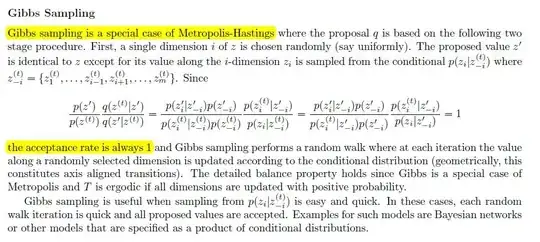I'm taking an introductory online statistics class. Unfortunately not everything is clear to me from this class. One of the chapters in the book contains an example of a Box-and-Whisker interpretation, which I can't understand. Here is the example:

The filled dots on the image indicate minimum and maximum values; an empty dot indicates an outlier.
Here is the statement that I cannot understand:
The box plot extends nearly to the lower extreme, indicating that the data is less than the median is likely at least relatively consistent, since there is not large jump between lower 25% and the minimum.
I can't understand the reasoning. How a not a large jump between the lower 25% and the minimum leads to the data being consistent for the data that is less than the median? Also what does consistent imply/mean? Does it mean that data is distributed in a certain fashion?